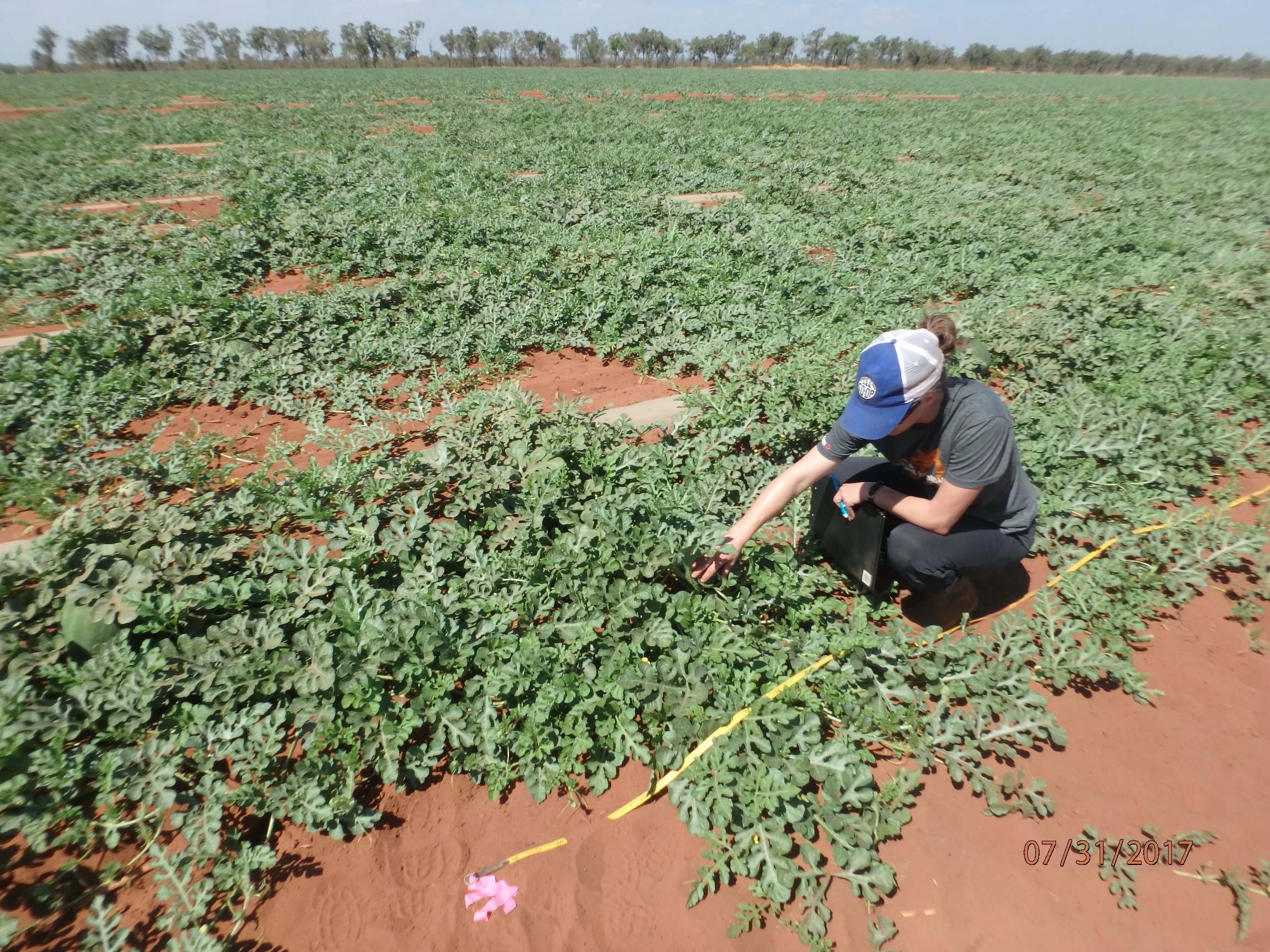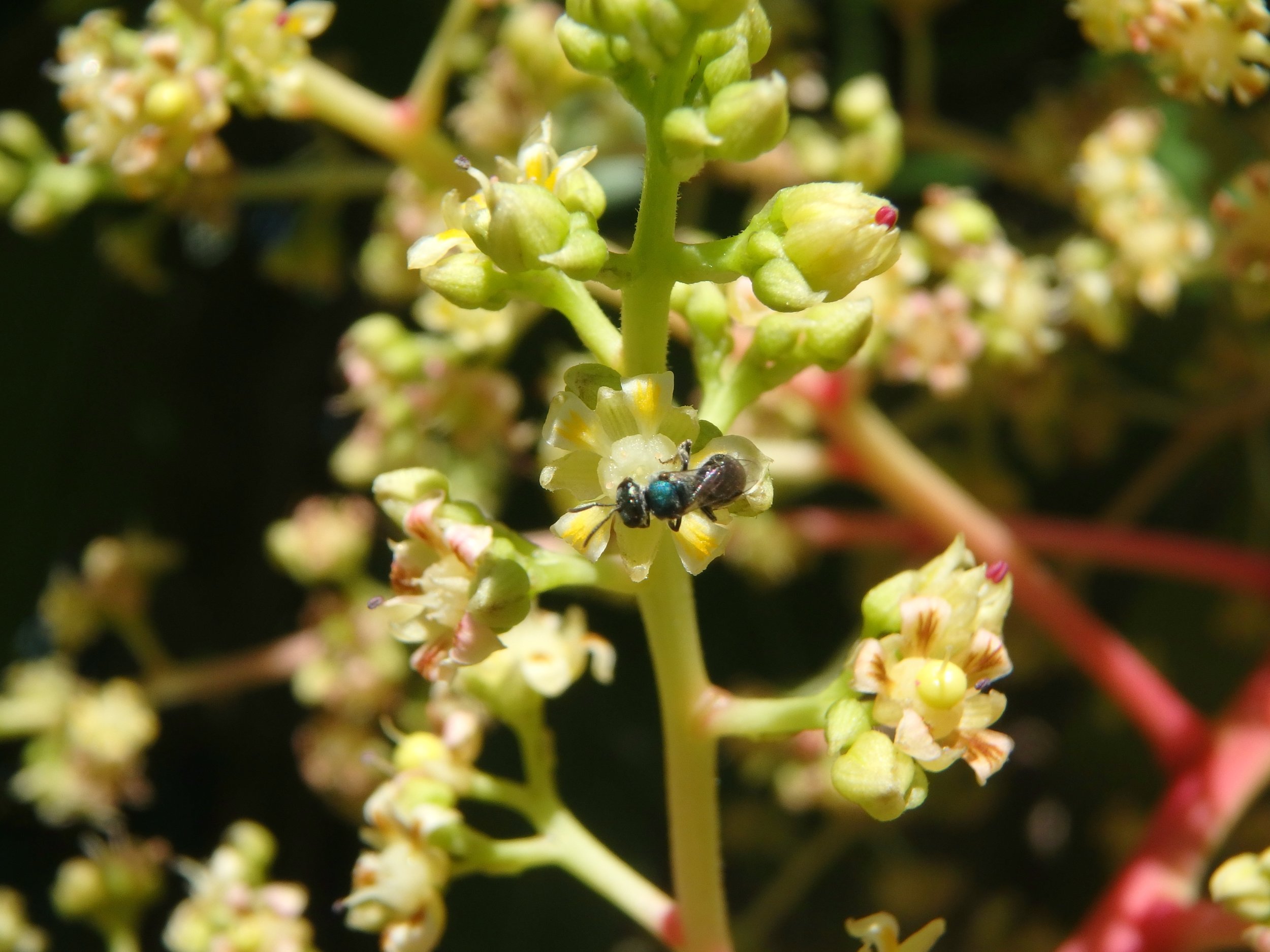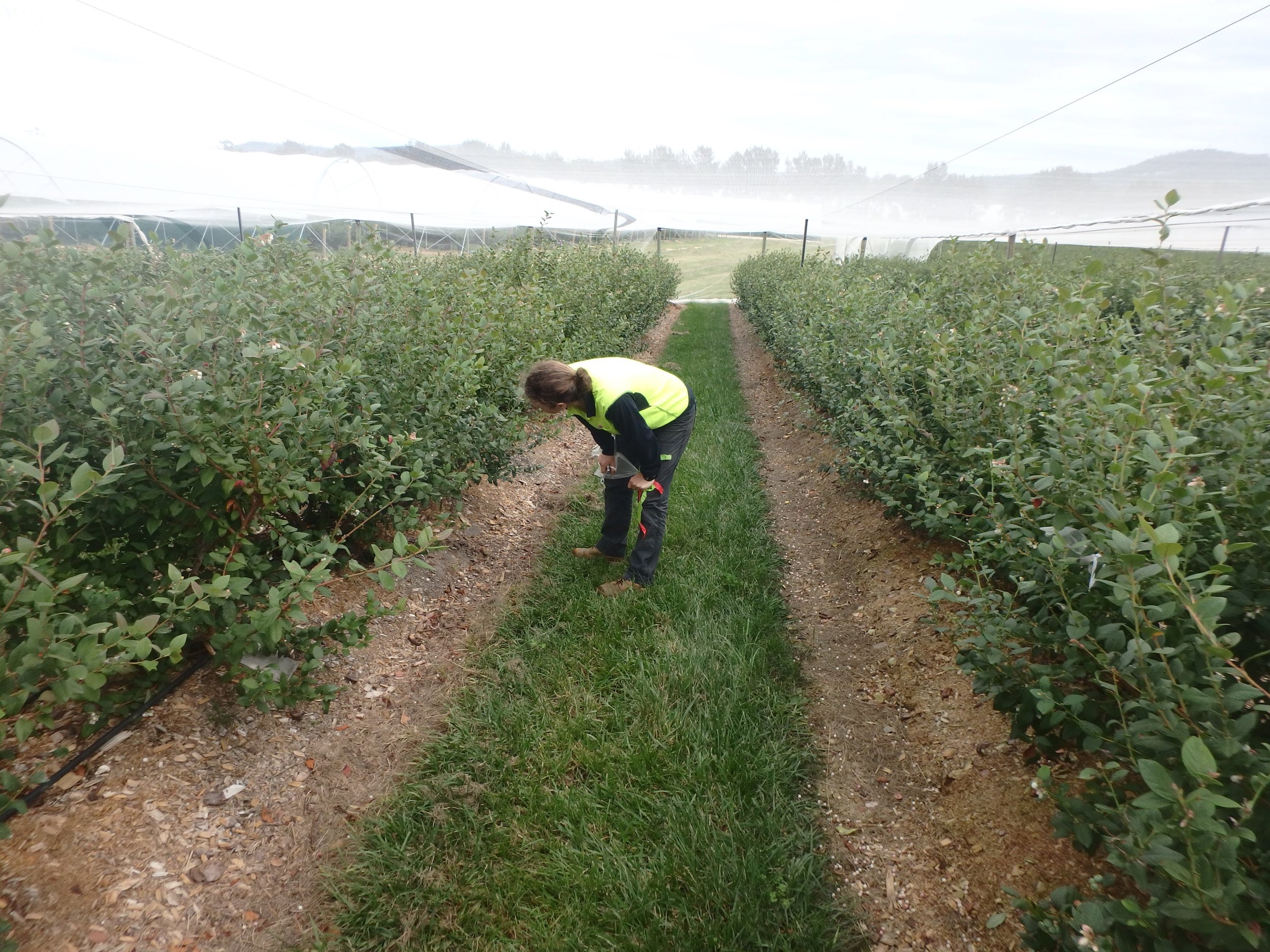Romina, Manu and Toby wrote a blog post for Journal of Applied Ecology on a recent paper published in the journal about introducing bumble bees to new regions for crop pollination.
Read the post here:
Addressing pollinator introduction policy and the effects introduced species can have on local ecosystems, Romina Rader, Manu Saunders and Tobias Smith discuss the recent Policy Direction, Coordinated species importation policies are needed to reduce serious invasions globally: The case of alien bumblebees in South America by Aizen et al.











































